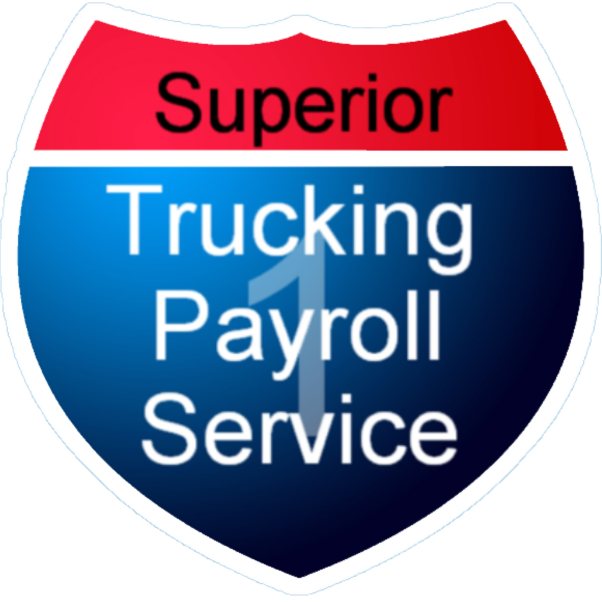Would You Notice If Your Payroll Was Paying Someone Who...
Read MoreIn any business, payroll processing is a vital aspect, and payroll deductions and withheld amounts play a critical role in this procedure. It is essential for employers to guarantee that they withhold the correct amounts from their employee’s paychecks and remit them to the appropriate agencies to evade legal issues and penalties for noncompliance. Furthermore, employees need to comprehend payroll deductions and withheld amounts to ensure they receive accurate pay and entitled benefits. This article will cover the fundamental principles of payroll deductions and withheld amounts, including their importance, calculation methods, and the different types of deductions and withholdings that both employees and employers should be familiar with.

What are deductions and withheld amounts?
Payroll deductions and withheld amounts are sums of money deducted from an employee’s paycheck before it is distributed. These deductions are required to pay for various taxes, insurance, and other benefits.
Different types of payroll deductions:
Payroll deductions come in a variety of forms, including federal and state taxes, Social Security and Medicare taxes, and voluntary deductions such as retirement contributions, health insurance premiums, and charitable contributions. Each of these deductions serves a specific purpose and some are mandated by law.
Federal and State taxes:
Payroll deductions that occur most frequently are federal and state income taxes, which are subtracted from an employee’s pay based on their income and filing status. The quantity of federal taxes withheld is decided by the employee’s W-4 form, which includes details about their dependents and tax exemptions. On the other hand, state taxes are calculated based on the employee’s place of residence and income level.
Social Security and Medicare taxes:
FICA taxes, also known as Social Security and Medicare taxes, are deducted from an employee’s paycheck to fund the Social Security and Medicare programs. These taxes are mandated by law and are calculated based on the employee’s earnings. The Social Security tax rate is 6.2% in 2023, and the Medicare tax rate is 1.45%. Employees and Employers do not have control over these amounts.
Voluntary deductions:
Employees can choose to have voluntary deductions taken out of their paychecks. Retirement contributions, health insurance premiums, and charitable contributions are all examples of tax deductions. Retirement contributions are typically deducted pre-tax from an employee’s paycheck, which means the employee does not pay taxes on the money until they withdraw it in retirement. Health insurance premiums are typically deducted pre-tax, which reduces an employee’s taxable income.
Employers responsibilities:
It is the responsibility of employers to deduct the correct sums from their workers’ paychecks and remit the funds to the appropriate agencies. Furthermore, employers must furnish employees with a pay stub that breaks down their gross pay, all the deductions made, and their net pay.
Bottom line:
Understanding payroll deductions and withheld amounts is critical for both employees and employers. Employees should review their pay stubs on a regular basis to ensure that they are being paid correctly and that all necessary deductions are being made. Employers should stay current on changes in tax laws and other regulations to ensure that they are withholding the appropriate amounts and remitting the funds to the appropriate agencies.
In payroll processing, payroll deductions and withheld amounts are crucial elements. These deductions guarantee that employees pay the right amount of taxes and get the benefits they deserve. Employers must be attentive during payroll processing to guarantee that they withhold the correct amounts and submit them to the proper authorities. By understanding payroll deductions and withheld amounts, both employees and employers can ensure adherence to all regulations and the issuance of accurate paychecks to employees.
Before founding Superior Trucking Payroll Service, Mike was the CFO of a trucking company with 80 trucks and a thriving brokerage. This experience gave him the perspective that a payroll solution has to make the lives of the office people better. All the solutions he has designed are to benefit everyone. Our company mission is to help trucking families and that includes the company owners, the drivers, and the office.
Contact Us!
7 Smart Money Moves to Keep Your Trucking Company Profitable
Are you constantly waiting on payments while your bills pile...
Read MoreSecure Online Access to Your Pay Stubs and Tax Documents
As a truck driver, you know that every dollar counts....
Read MoreThe Trucking Payroll People Have a New Partner – Trucking Compliance Just Got Easier!
Helping Trucking Companies Find the Best Compliance Solutions DOT compliance...
Read MoreTrucking Wages Rise: February 2025 Driver Pay Index
Why does truck driver pay drop in January? Will the...
Read More
